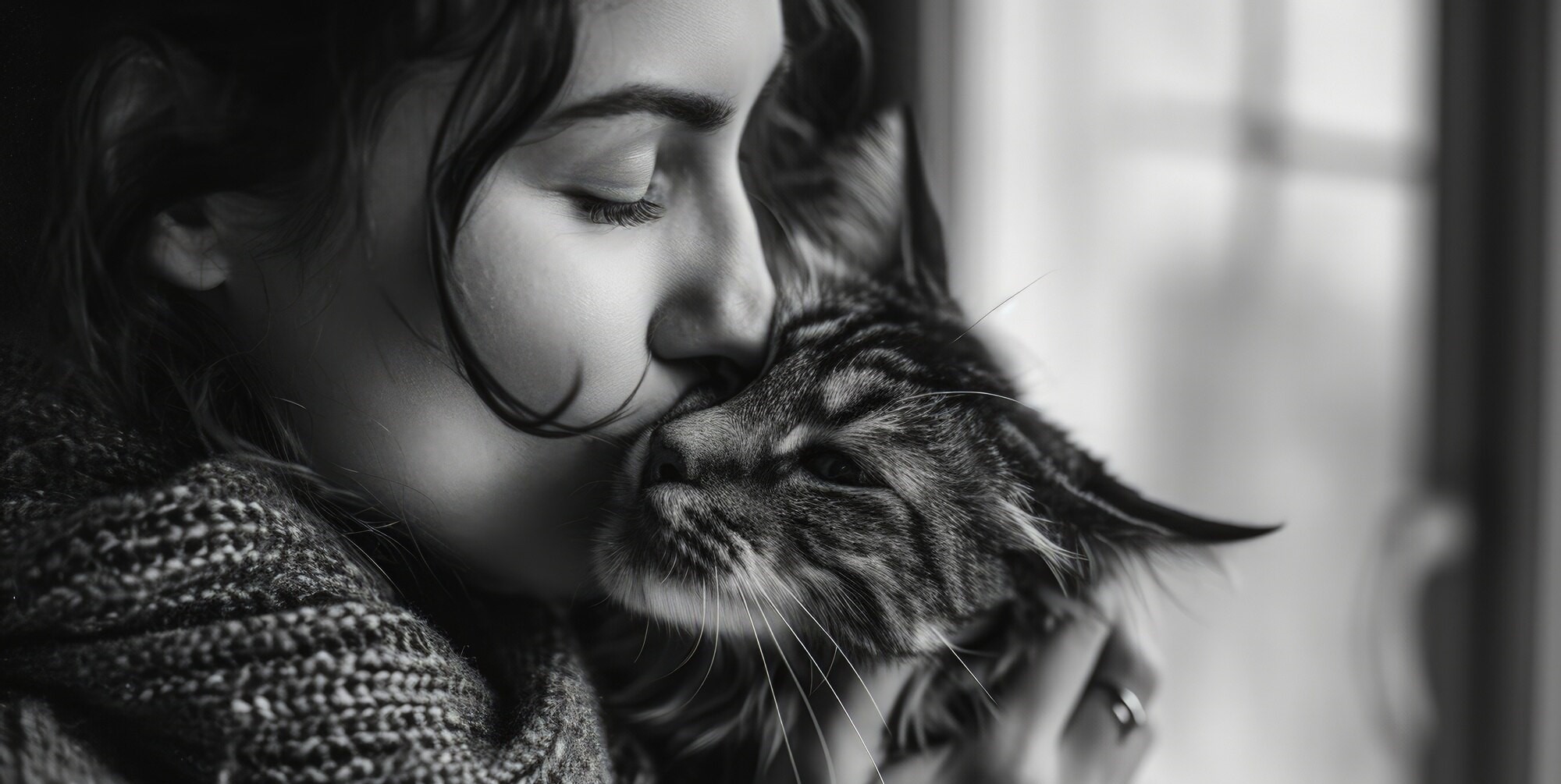Did you know your cat might be ‘kissing’ you whenever it blinks slowly at you? It’s true! Contrary to popular belief, your feline friend’s apathetic demeanor can be surprisingly affectionate. Scientists have discovered that the slow blink, or the ‘kitty kiss,’ is a true sign of love. Keep reading to uncover the science behind these blinking behaviors and why they’re anything but random.
Pet owners everywhere are catching onto this feline phenomenon. According to a 2020 study from the University of Sussex, the slow blink is a positive sign of trust and relaxation. Imagine it—your furball may be saying, ‘I trust you,’ or even, ‘I adore you.’
Real data suggests you’re not just imagining these tender moments. Join us as we delve into the world of feline affection and discover why your cat might be more emotionally tuned-in than you ever thought.
1. The Science of the Slow Blink
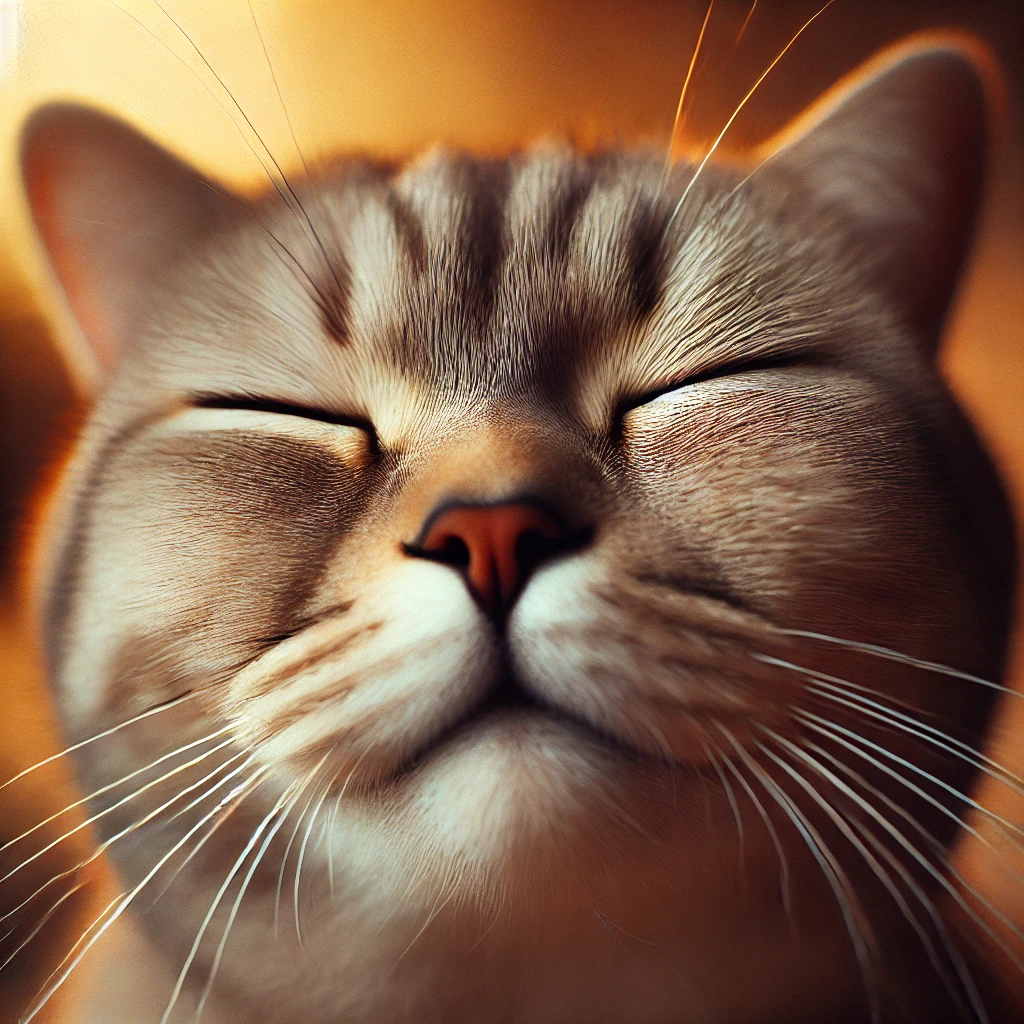
The slow blink isn’t just an Instagram trend; it’s a scientifically backed behavior! Studies reveal that when cats slow blink, it’s akin to a gesture of goodwill, similar to a human smile. Researchers observed that felines are more likely to slow blink in situations of comfort, showing they don’t see you as a threat.
According to a 2020 study published in Scientific Reports, cats reciprocate slow blinks consciously. They’re not just randomly closing their eyes but actually communicating—a sort of feline Morse code.
This simple act of closing eyes slowly demonstrates the delicate balance of trust between you and your pet. So, yes, when Fluffy blinks slowly, it’s a certified trust fall!
2. Slow Blinking and Feline Communication

Imagine you’re at a bustling café, trying to get the barista’s attention. How do you communicate silently? Maybe through a subtle nod or an understanding glance. Similarly, slow blinking is a cat’s subtle nod of comfort and agreement.
Cats are masters of body language. From ear twitches to tail flicks, each gesture conveys meaning. And when a cat uses the slow blink signal, it’s saying, ‘I’m comfortable here.’
Think of it as a non-verbal language class that fortifies the bond between feline and human. Every slow blink you share, you’re strengthening your unique two-way dialogue.
Next time you enjoy a slow-blink exchange with your cat, remember, it’s more than a cute moment—it’s advanced communication at its finest!
3. Insights from Cat Behavior Experts
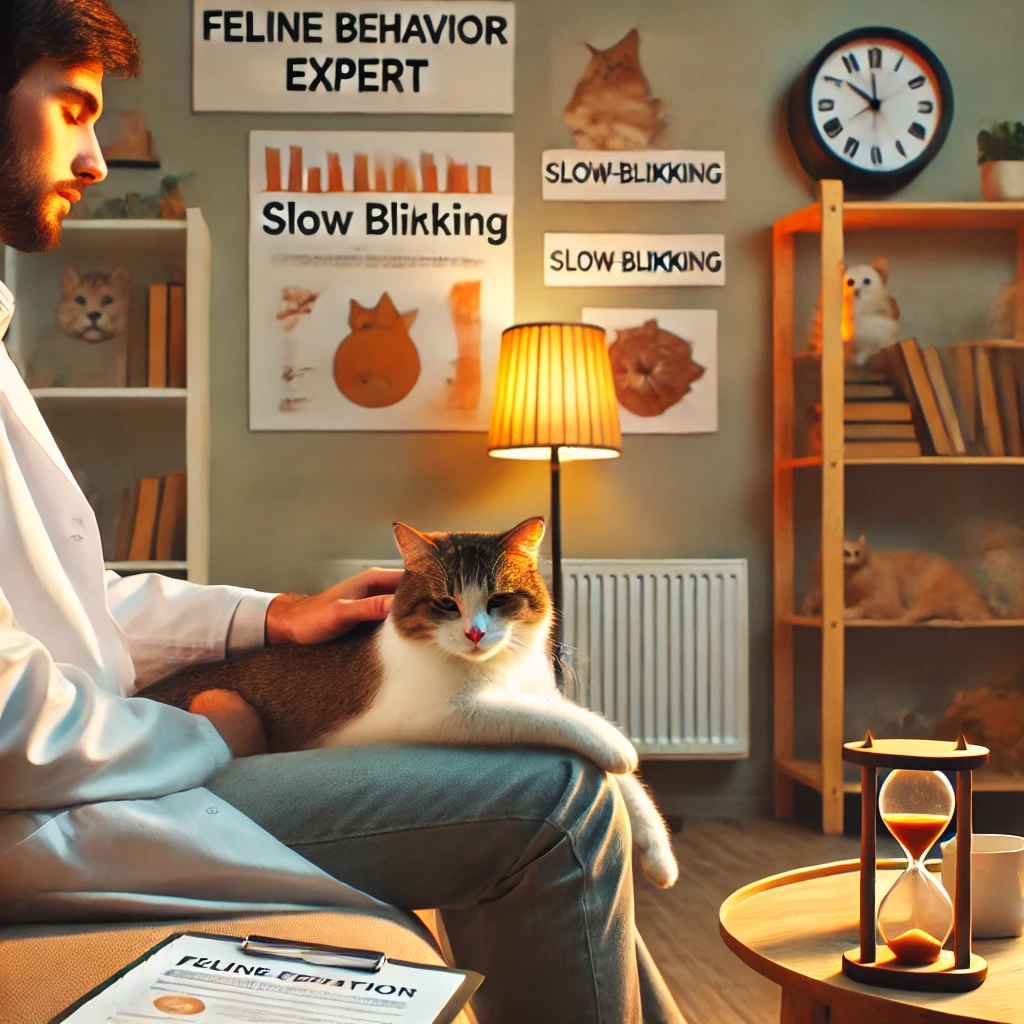
Dr. Pippa Hutchison, a renowned feline behaviorist, emphasizes that slow blinking is ‘one of the sweetest behaviors a cat exhibits.’ According to her, it’s a clear sign that a cat trusts its environment and perceives no imminent threat.
In interviews, feline experts often highlight how slow blinking can be used by cat owners to ease shy or stressed cats. It’s akin to telling your cat, ‘Hey, it’s cool, you’re safe here.’
Dr. Hutchison encourages cat lovers to return the gesture: If your cat blinks slowly at you, respond by mimicking the behavior. This reciprocal action can enhance the bond and show vulnerability.
So throw away any idea that cats are aloof! Data suggests that practicing slow blinking builds bridges of trust.
4. Creating Feline Bonds through Slow Blinks
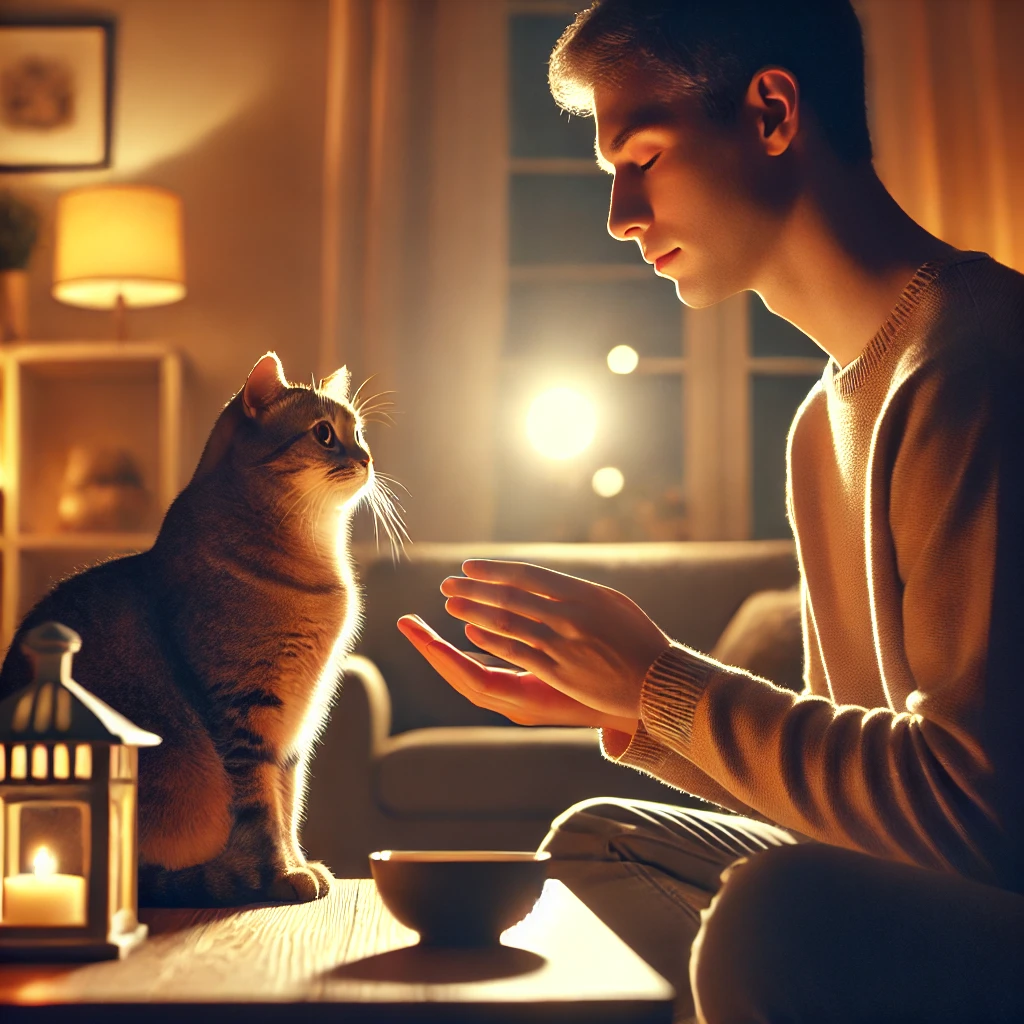
Building a relationship with your cat isn’t solely about playtime or feeding. It extends to subtle mutual gestures like slow blinking. This deliberate act invites a deeper connection.
In fact, every slow blink shared invites deeper insight into a cat’s world. By slow blinking back, you reaffirm trust and friendship—equivalent to saying, ‘I’m here for you.’
Feeling like a cat whisperer already? Good! Because this small act plays a significant role in helping your feline feel understood and cherished.
5. Recognizing When Slow Blinks Aren’t Affectionate
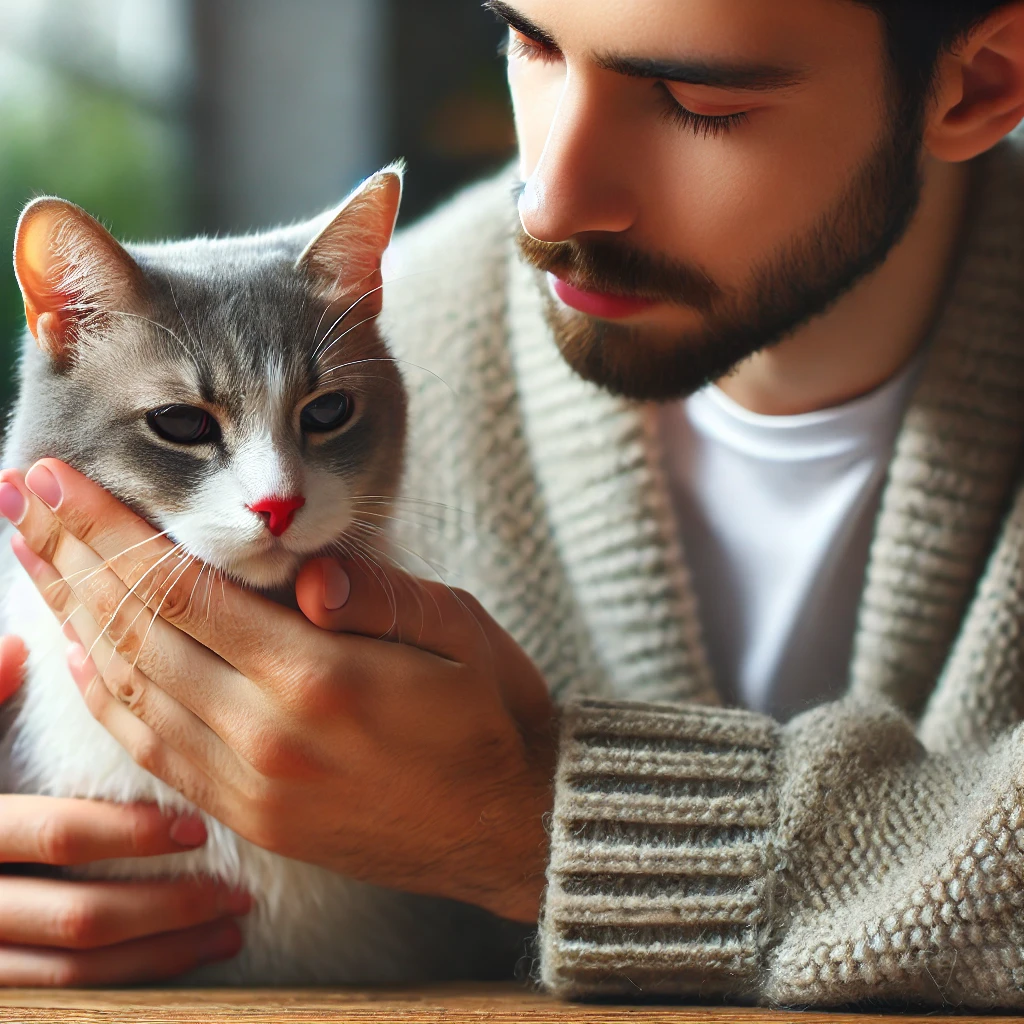
While 99% of the time a slow blink signifies trust, not all blinks are lovey-dovey. Sometimes, felines may half-close their eyes due to medical issues or fatigue.
Signs such as excessive blinking or an unfamiliar sluggishness warrant a check-up. In rare cases, an eye infection might be the culprit.
Look for accompanying signs: lethargy, discharge, or continual discomfort. If any such symptoms persist, professional veterinary advice is crucial.
Understanding the normal from the ‘something-isn’t-right’ can ensure you’re providing essential care when they need it most.
6. Slow Blinks in Other Animals
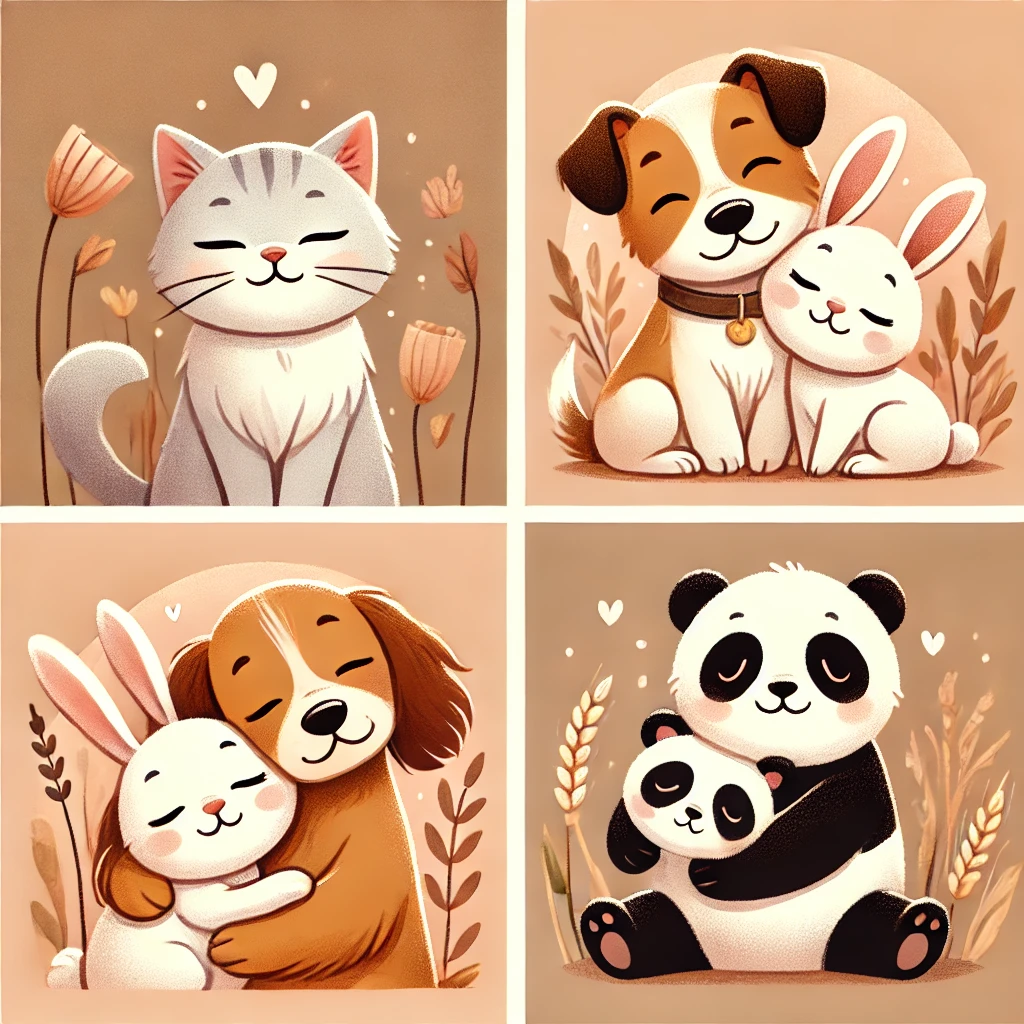
Did you think slow blinking was exclusive to cats? Think again. Various animals share similar communication gestures. For example, dogs might ‘soft eye’ their owners to show calmness, and rabbits often half-close their eyes when trust is established.
This universal sign of affection and trust transcends species, suggesting a broader language of love and connection in the animal kingdom.
So when Fluffy blinks at you, it’s akin to a panda snuggling up to its buddy—it’s genuine affection!
7. How Cats Use Slow Blinks with Each Other
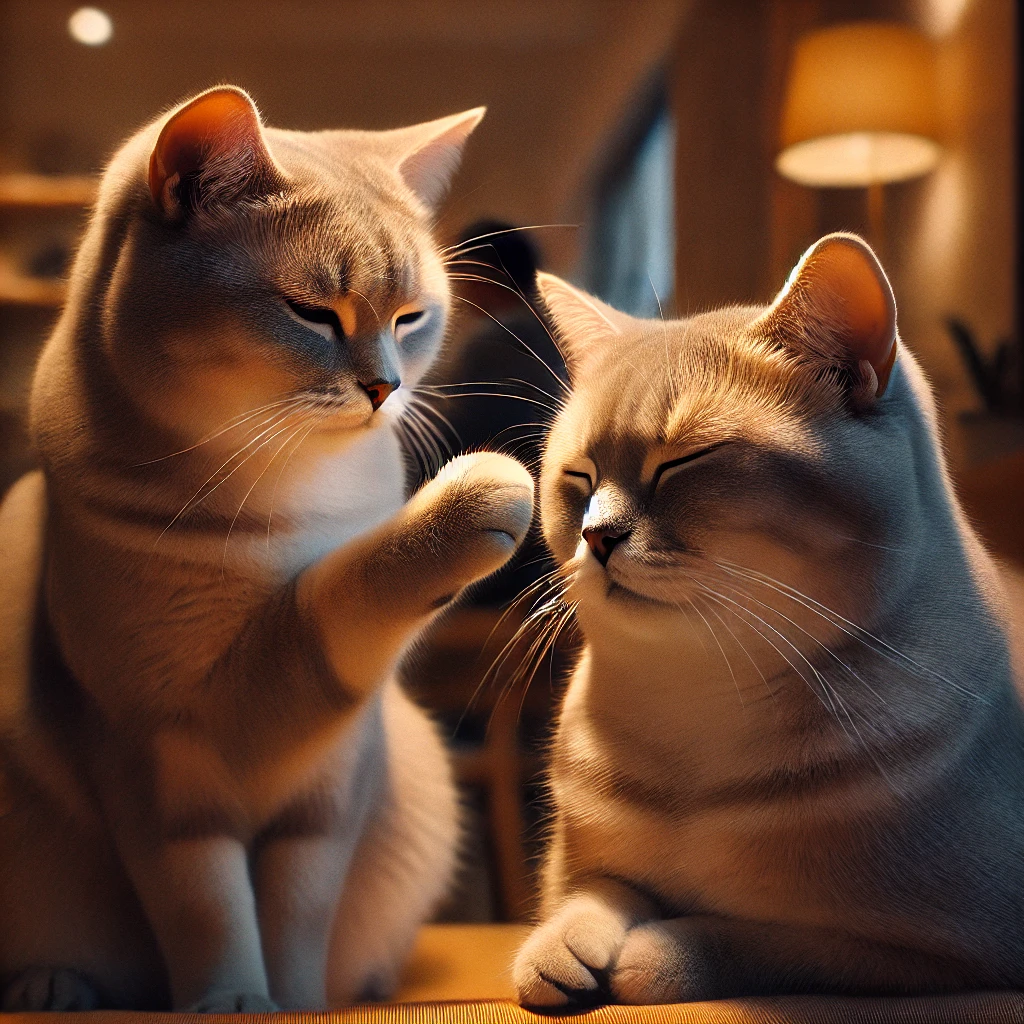
The feline slow blink isn’t reserved for human interactions alone. Cats often engage in this behavior with their fellow felines within colonies or at home with other cats.
Observations show that cats will slow blink to indicate peaceful intentions, much like offering a white flag.
This behavior helps maintain harmony and reinforces social ties. Whether it’s with you or a fellow kitty, the blink remains a sign of cordial relations in the feline world.
8. Encouraging the Slow Blink From Your Cat
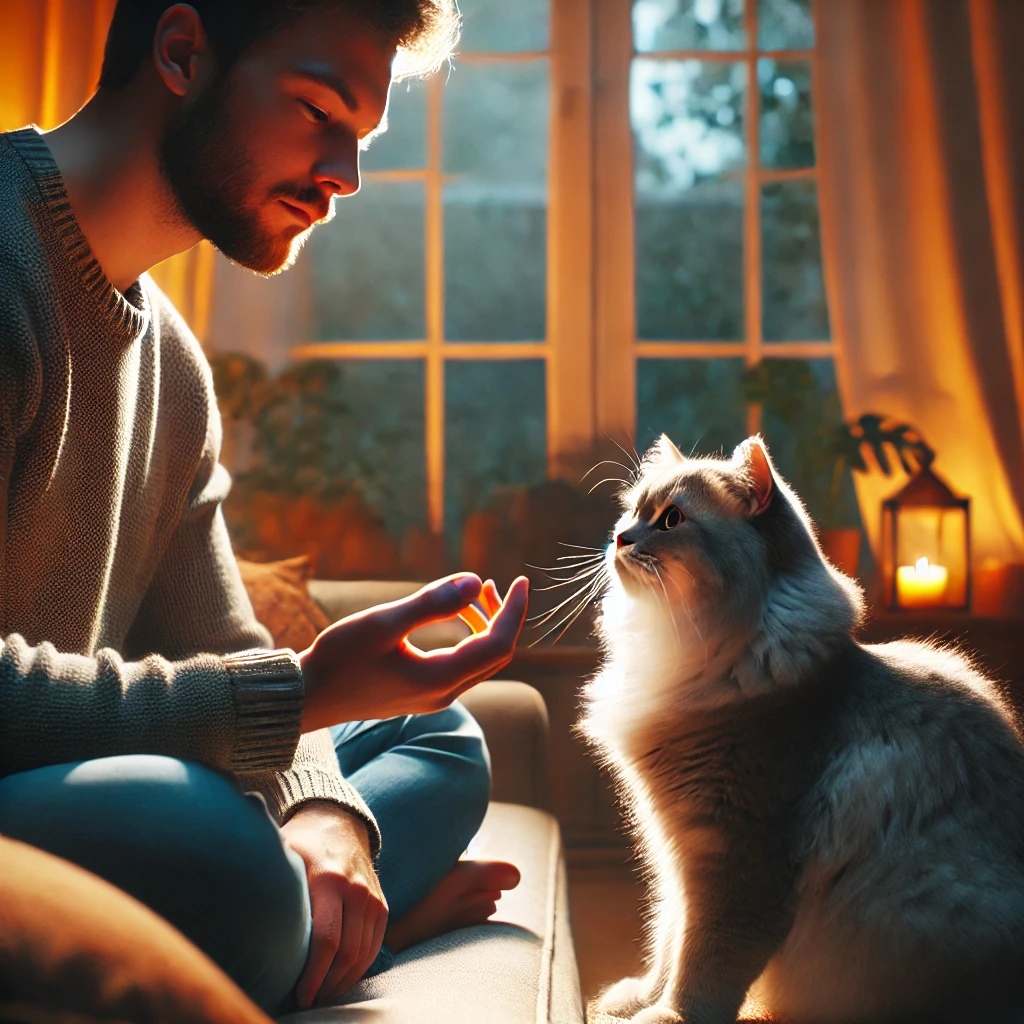
Want your cat to start showering you with slow blinks? Here’s a pro tip: make eye contact, then slowly close and open your eyes at your feline friend.
This deliberate act can prompt your cat to return the gesture, reflecting mutual trust.
Remember to relax the environment. Cats prefer calm spaces free from stress to engage in these tender moments. As trust builds, so, too, will the frequency of those adorable blinks.
So go ahead, give it a try! Embrace the ‘blink game’ and see where it leads.
9. The Art of Mimicking Cat Blinks
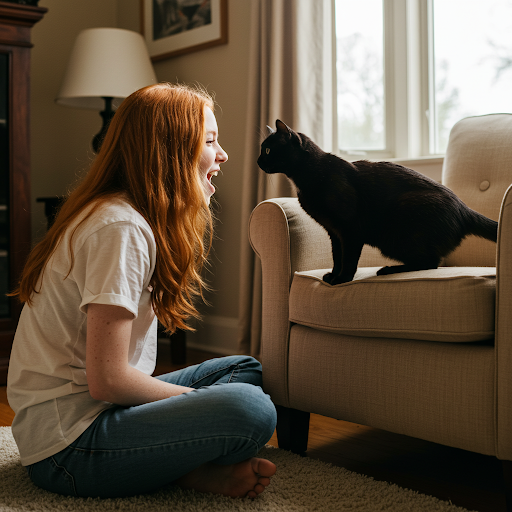
While most cat lovers have tried mimicking blink gestures, there’s a subtle art to getting it just right. The trick is to appear relaxed. No theatrics, no exaggerated expressions—just calm, serene blinking.
Think Tai Chi over jazz hands. This relaxed energy invites your cat to engage, signaling, ‘I’m chill’ and ‘you’re safe.’
Keep your movements slow and deliberate, and in time, your feline’s blinks will say it all.
10. Cultural Interpretations of the Slow Blink
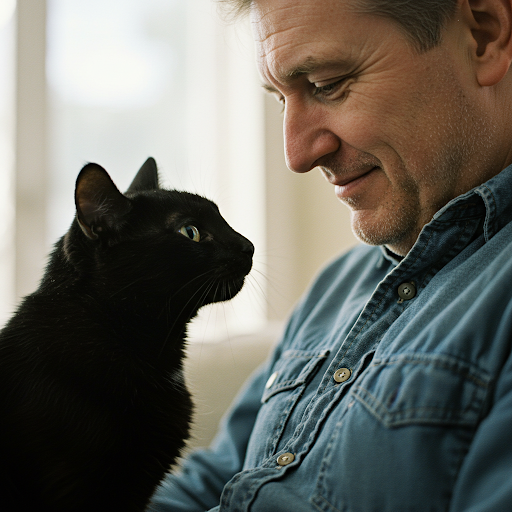
Across cultures, the way animals communicate varies, yet the mutual understanding of nonverbal cues often extends to common interpretational grounds.
From ancient Egyptian depictions to Asian cultural symbolism, cats have long been celebrated for their communicative grace.
Showcasing your slow-blink expertise might just earn you an honorary PhD in cross-species expressions without ever stepping out of your living room!
11. Cats, Sleep, and The Slow Blink
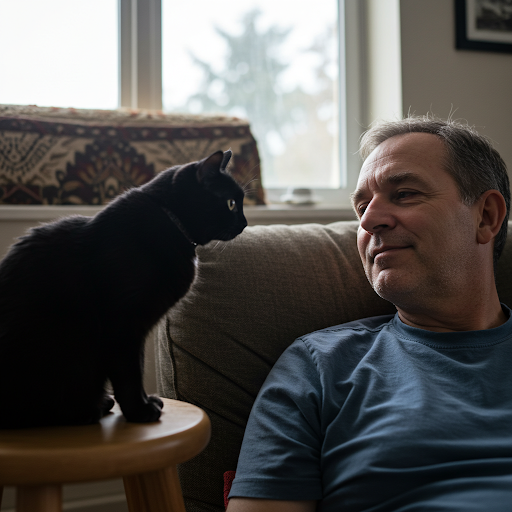
We know cats are fabulous snoozers. On average, they sleep 13–16 hours a day. This extended nap-time ties in with the cat’s blinking behavior. Slow blinks often introduce or follow sleep cycles.
Their half-closed eyes convey trust in their surroundings, essentially saying, ‘I’m dozing off because I’m comfortable here.’
If you find your kitty slow blinking before drifting to the dream world, consider it a ‘goodnight’ kiss!
12. Daytime vs. Nighttime Blinks
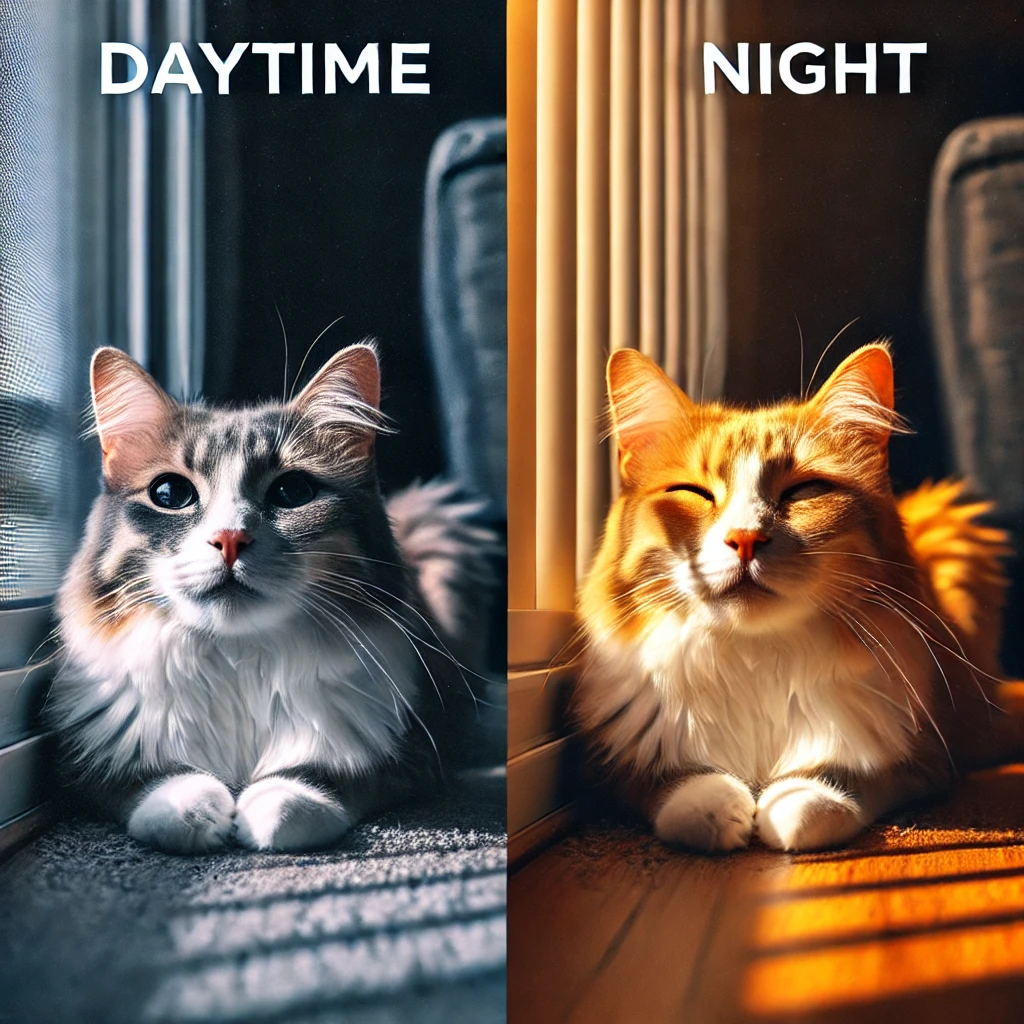
The time of day might influence how often you get the ‘blink treatment.’ Daytime brings about leisurely blinks during their quieter, more relaxed moments.
Conversely, at night, as crepuscular creatures, cats amp up. But even post-playtime, a slow blink might seal the end of a purr-fect day.
Day or night, the blink remains a sign of affection that crosses through their daily rhythm.
13. When Cats Use Blinks to Manipulate

Let’s not forget that our cunning feline friends may use their blinks to get what they want. Sometimes, slow blinks might precede a nudge for food or a plea for playtime.
While affection led, there’s often an agenda behind the charm. Like a skilled negotiator, cats sense when certain behaviors yield desirable outcomes.
Stay vigilant next time your kitty slow-blinks before a meal—you’re dealing with a master strategist!
14. Eye Contact Strategies with Cats
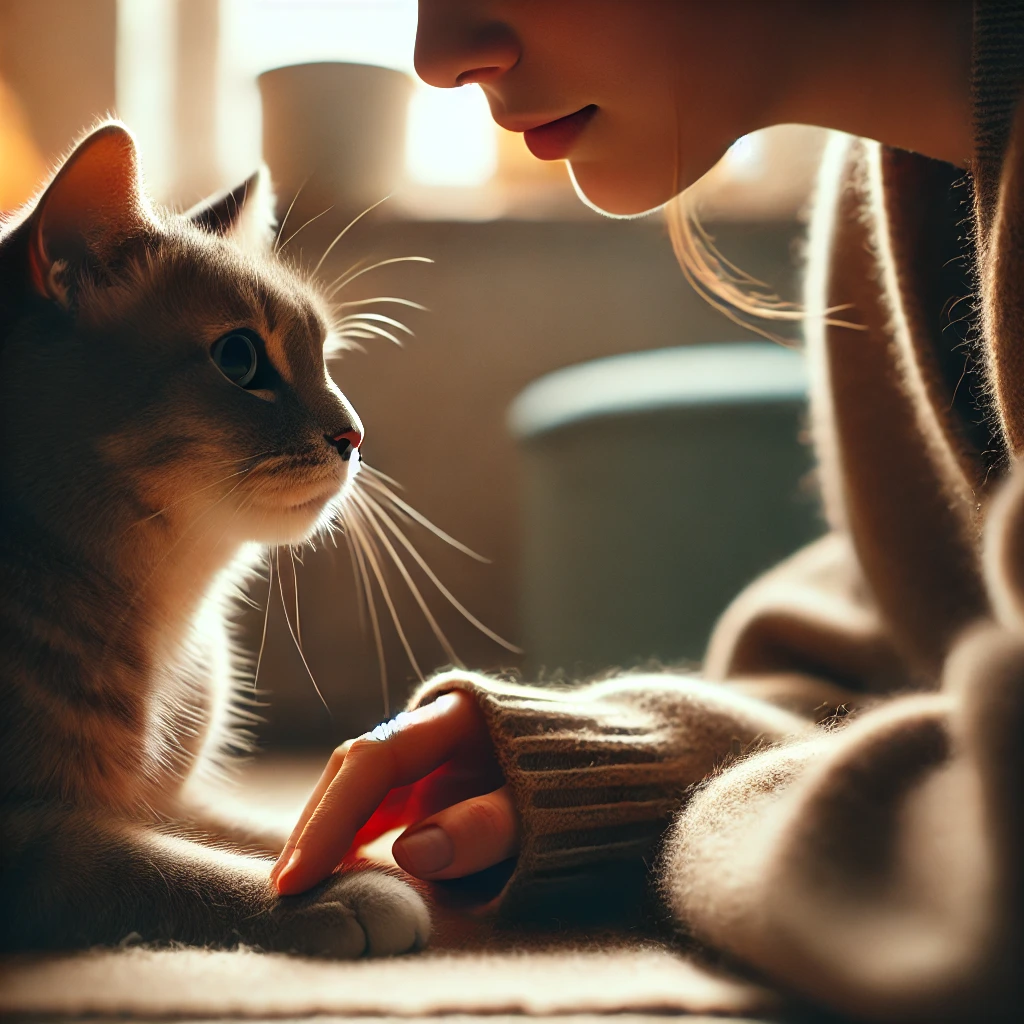
Direct eye contact might be unnerving for some animals. However, when done correctly with felines, it can foster understanding.
The key is to linger softly on their gaze, then transition into a slow blink. Techniques like this nurture feelings of safety.
Maintain mindfulness: quick glances, then smile and blink. It’s a delicate balancing act between curiosity and calm assurance.
15. Reassuring Your Cat with Blinks
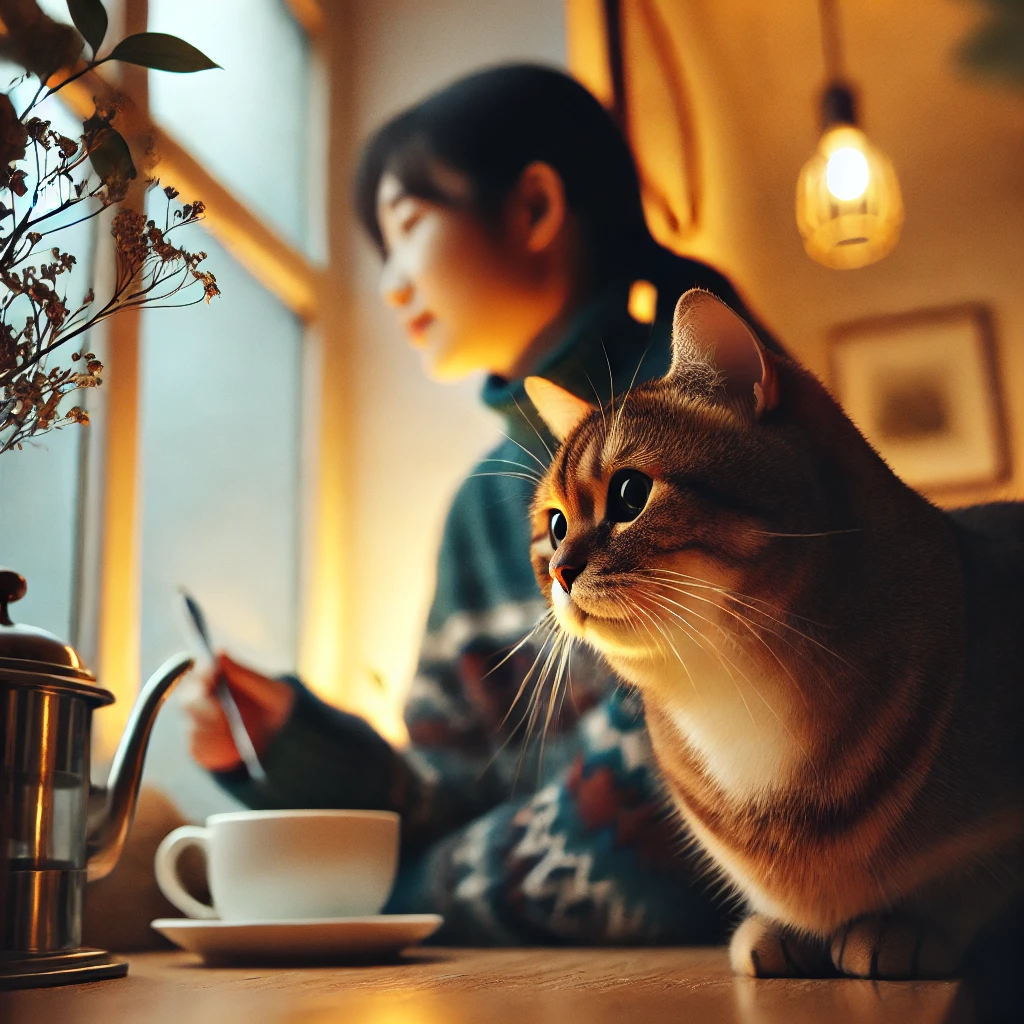
During unsettling situations like fireworks or storms, the slow blink can serve as an additional reassurance to your stressed-out kitty.
When tension is palpable, such tender gestures signify safety and stability within their environment.
Offering a calming slow blink is like handing them a comforting hug amidst chaos.
16. The Blink That Started It All: Historical Perspectives
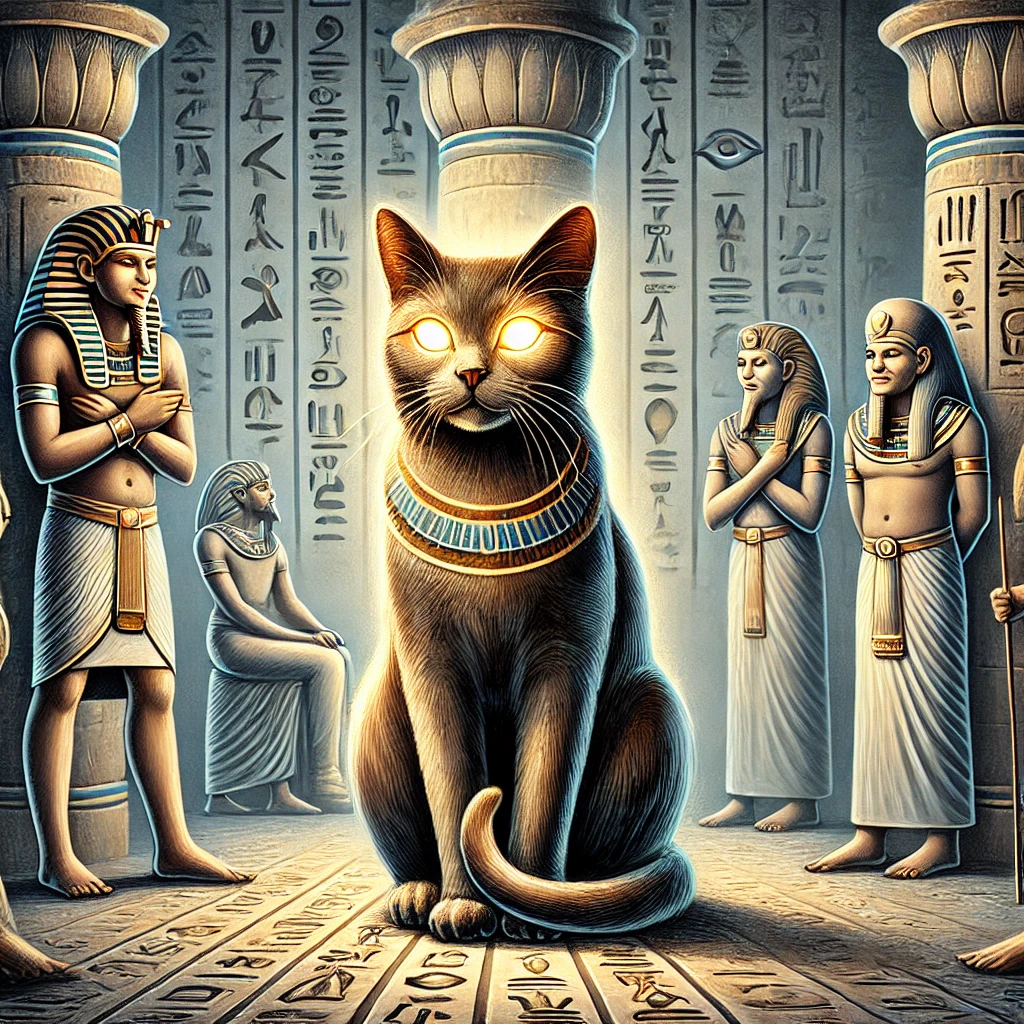
Millennia before Instagram, historical records show that cats have been revered for their mysterious gaze and stoic presence.
Ancient Egyptians worshipped cats, believing their blinks were blessings from the gods.
In cultures worldwide, a cat’s eyes were omens of good fortune, embodying their hallowed status.
Conclusion: The Power of the Slow Blink
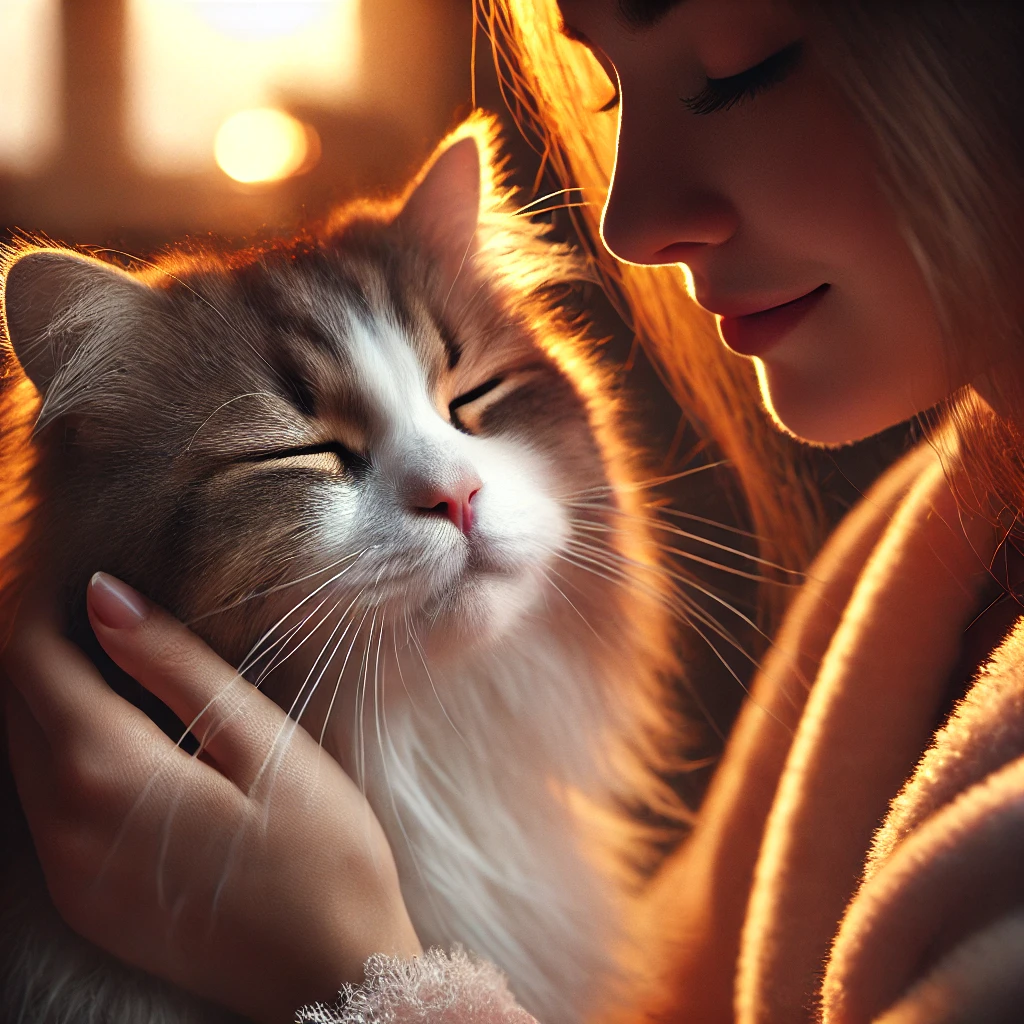
All this talk about slow blinks should convince you: Your cat’s a communication maestro. From scientific findings to everyday interactions, these blink exchanges deepen relationships.
Embrace those quiet moments when your feline gazes deeply. Respond in kind, sharing a mutual language that transcends words.
As you’ve discovered through our exploration, slow blinks are more than a simple gesture. They might transform the way you bond with your kitty forever.
Feel free to share your ‘blink tales.’ Let’s exchange stories about our one-of-a-kind feline connections!

